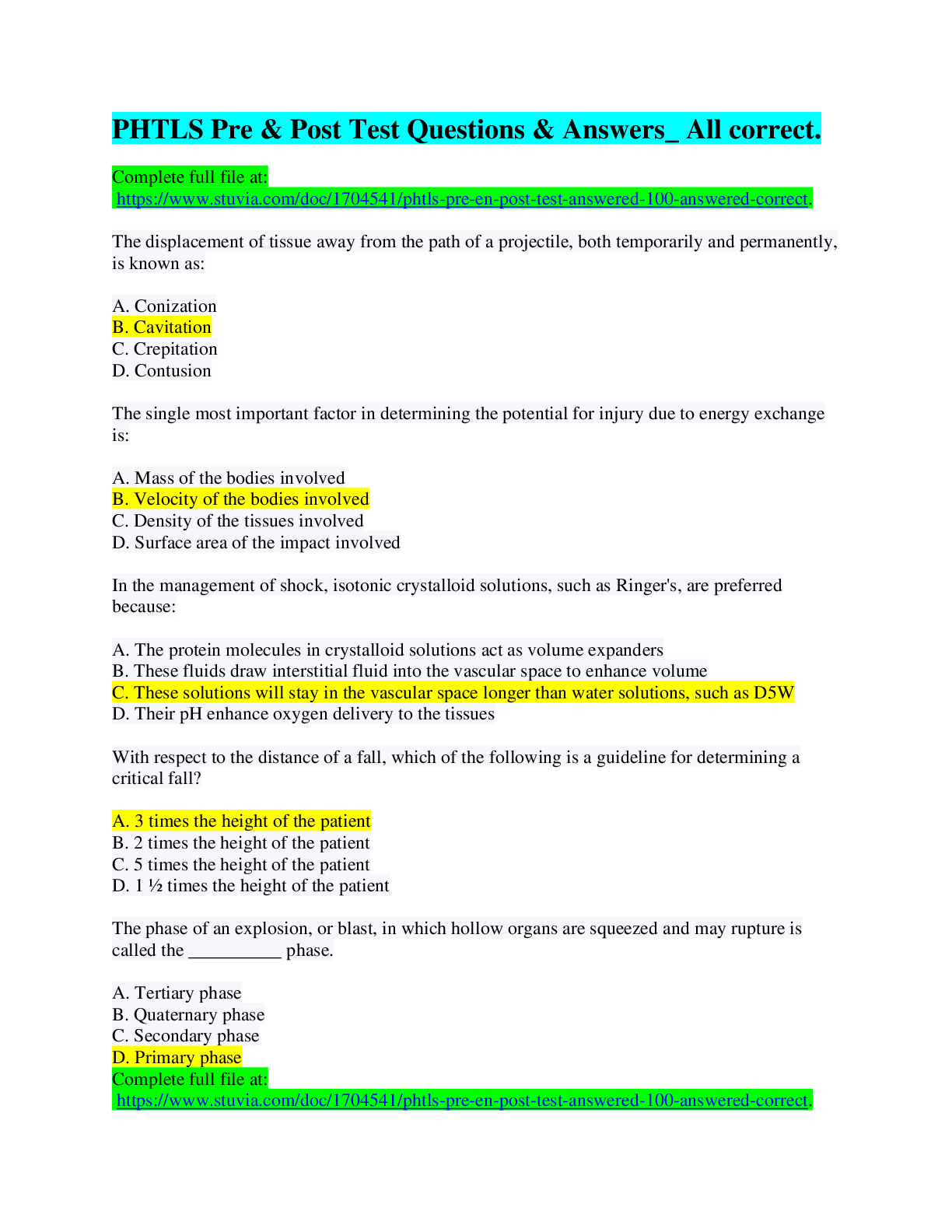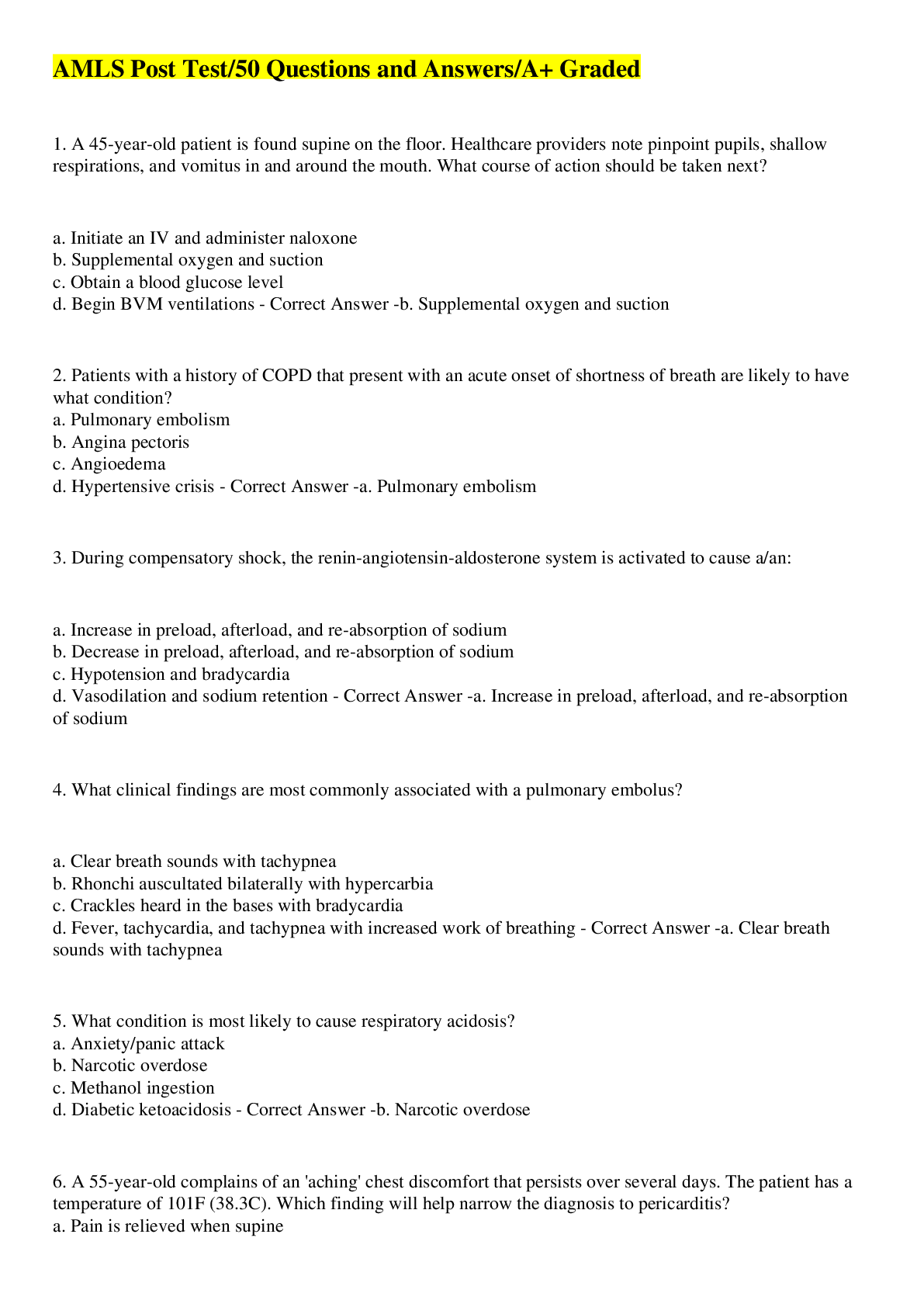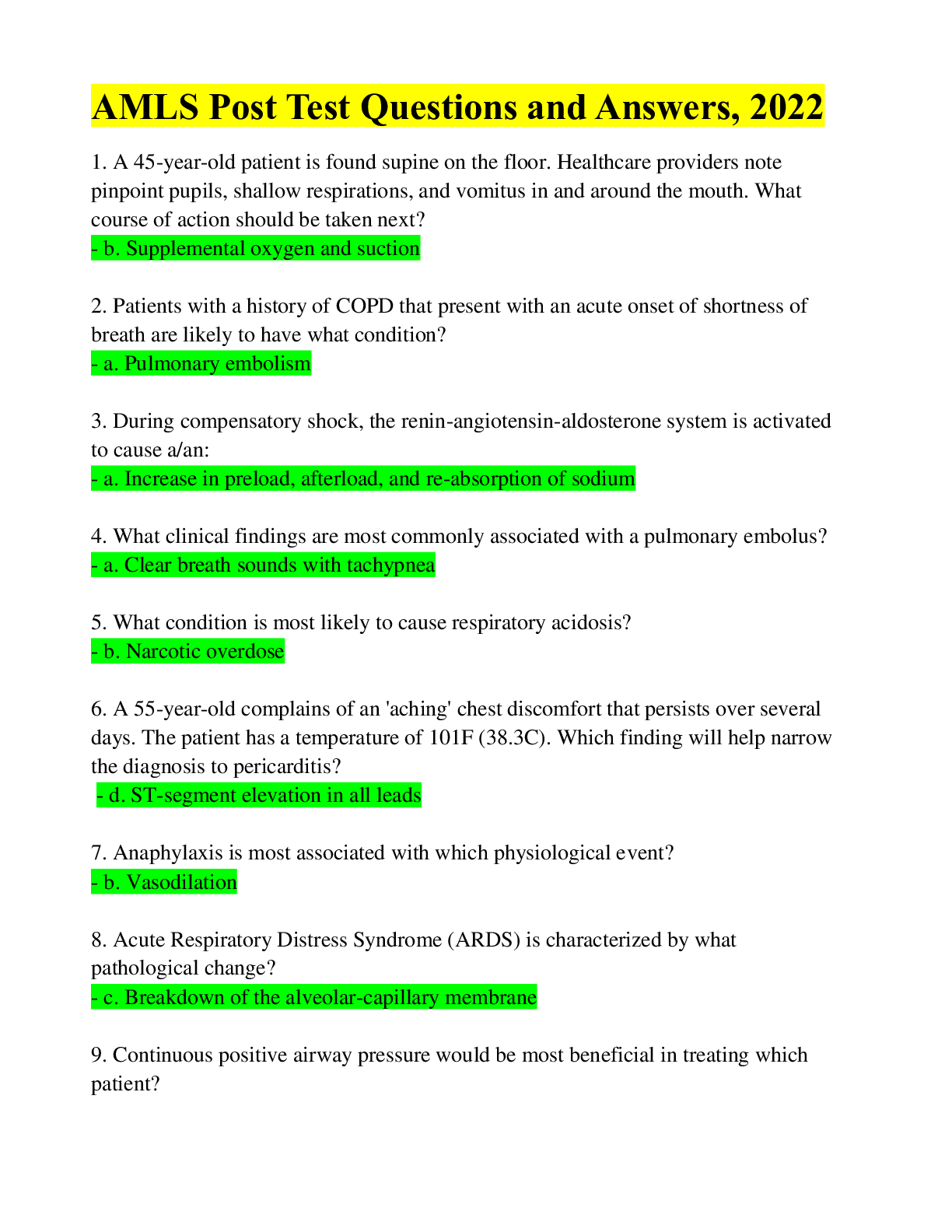ATLS SOAL POST TEST QUESTIONS AND ANSWERS GRAGDE A+
Document Content and Description Below
Cardiac tamponade after trauma a. is seldom life-threatening b. can be excluded by an upright, AP chest x-ray c. can be confused with a tension pneumothorax d. causes a fall in systolic pressure o... f > 15 mm Hg with expiration e. most commonly occurs after blunt injury to the anterior chest wall 2. Which one of the following statements regarding patients with thoracic spine injuries is TRUE? a. Log-rolling may be destabilizing to fractures from T-12 to L-1. b. Adequate immobilization can be accomplished with the scoop stretcher. c. Spinal cord injury below T-10 usually spares bowel and bladder function. d. Hyperflexion fractures in the upper thoracic spine are inherently unstable. e. These patients rarely present with spinal shock in association with cord injury. 3. Absence of breath sounds and dullness to percussion over the left hemithorax are fmdings best explained by a. Left hemothorax. b. c. d. e. f. g. cardiac contusion h. left simple pneumothorax i. left diaphragmatic rupture j. right tension pneumothorax. 4. A young man sustains a gunshot wound to the abdomen and is brought promptly to the emergency department by prehospital personnel. His skin is cool and diaphoretic, and he is confused. His pulse is thready and his femoral pulse is only weakly palpable. The defmitive treatment in managing this patient is to a. administer 0-negative blood b. applyextemal warming devices. c. Control internal hemorrhage operatively d. apply the pneumatic antishock garment e. infuse large volumes of intravenous crystalloid solution. 5. To establish a diagnosis of shock, a. systolic blood pressure must be below 90 mm Hg. b. the presence of a closed head injury should be excluded c. acidosis should be present by arterial blood \gas analysis d. the patient must fail to respond to intravenous fluid infusion. e. clinical evidence of inadequate organ perfusion must be present. 6. A 23-year-old man is brought immediately to the emergency department from the hospital' s parking lot where he was shot in the lower abdomen. Examination reveals a single bullet wound. He is breathing and has a thready pulse. However, he is unconscious and has no detectable blood pressure. Optimal immediate management is to a. perform diagnostic peritoneal lavage. b. initiate infusion of packed red blood cells. c. insert a nasogastric tube and urinary catheter. d. transfer the patient to the operating room, while initiating fluid therapy. e. initiate fluid therapy to return his blood pressure to normotensive 7. An electrician is electrocuted by a downed power line after a thunderstorm. He apparently made contact with the wire at the level of the right mid thigh. In the emergency department, his vital signs are normal and no dysrhythmia is noted on ECG. On examination, there is an exit wound on the bottom of the right foot. His urine is positive for blood by dip stick but no RBCs are seen microscopically. Initial management should include a. immediate angiography. b. aggressive fluid infusion. c. intravenouspyleography. d. debridement of necrotic muscle. e. admission to the intensive care unit for observation. 8. An 8-year-old girl is an unrestrained passenger in a vehicle struck from behind. In the emergency department, her blood pressure is 80/60 mm Hg, heart rate is 80 beats per minute, and respiratory rate is 16 breaths per minute. Her GCS score is 14. She complains that her legs feel "funny and won't move right;" however, her spine x-rays do not show a fracture or dislocation. A spinal cord injury in this child a. is most likely a central cord syndrome. b. must be diagnosed by magnetic resonance imaging. c. can be excluded by obtaining a CT of the entire spine. d. may exist in the absence of objective findings on x-ray studies. e. is unlikely because of the incomplete calcification of the vertebral bodies. 9. Immediate chest tube insertion is indicated for which of the following conditions? a. Pneumothorax b. Pneumomediastinum c. Massive hemothorax d. Diaphragmatic rupture e. Subcutaneous emphysema 10.A 32-year-old man is brought to the hos [Show More]
Last updated: 2 years ago
Preview 1 out of 14 pages
.png)
Buy this document to get the full access instantly
Instant Download Access after purchase
Buy NowInstant download
We Accept:

Reviews( 0 )
$10.00
Can't find what you want? Try our AI powered Search
Document information
Connected school, study & course
About the document
Uploaded On
Jul 19, 2022
Number of pages
14
Written in
Additional information
This document has been written for:
Uploaded
Jul 19, 2022
Downloads
0
Views
132

.png)
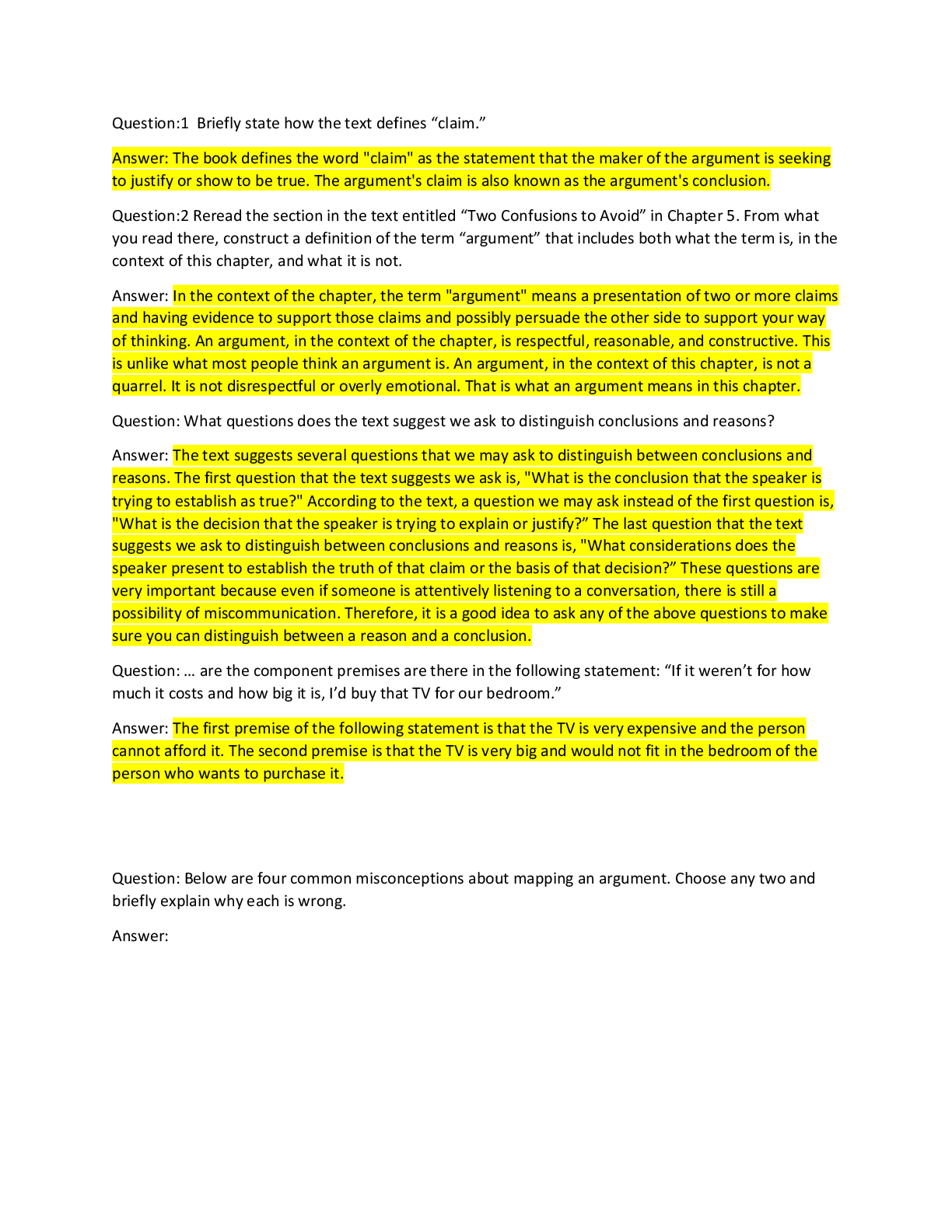
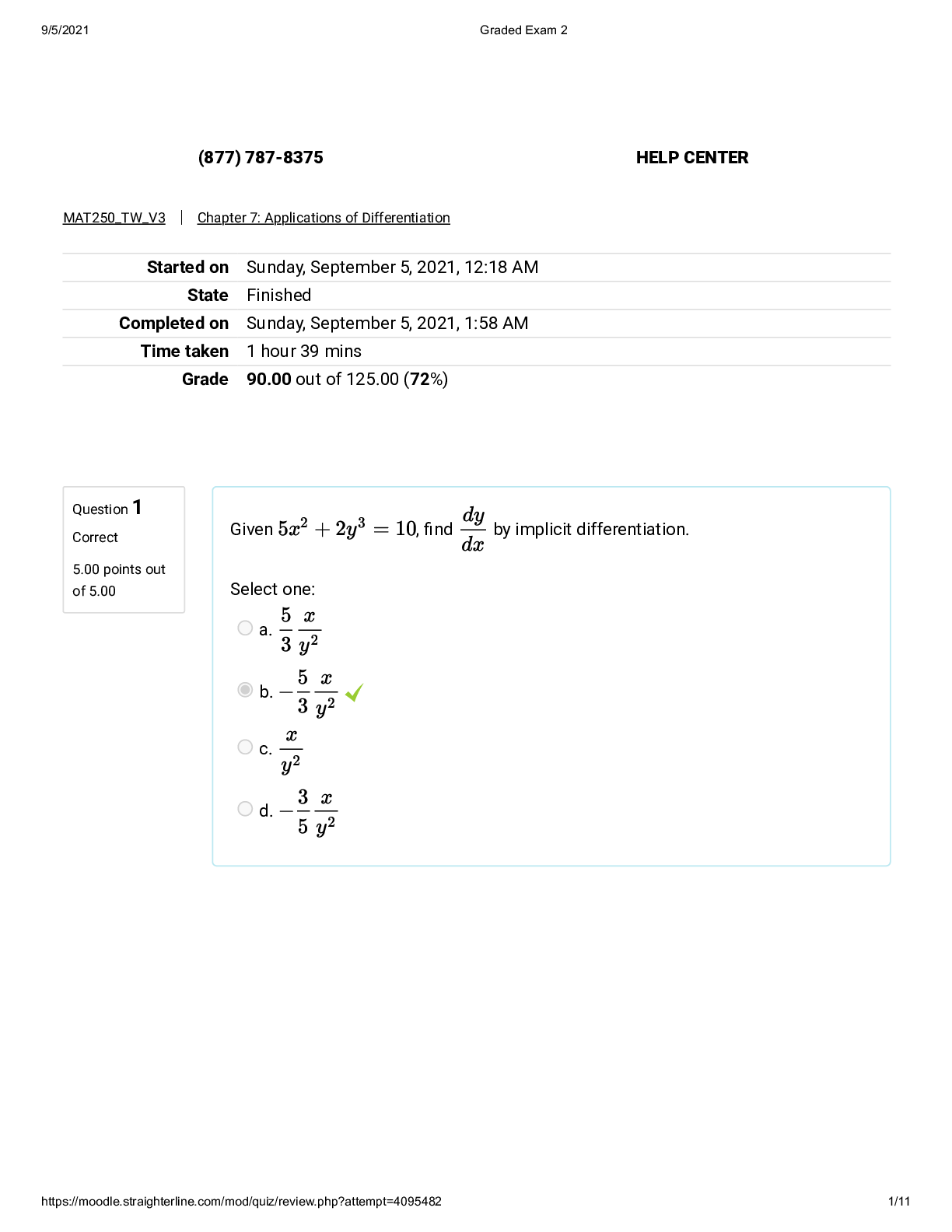
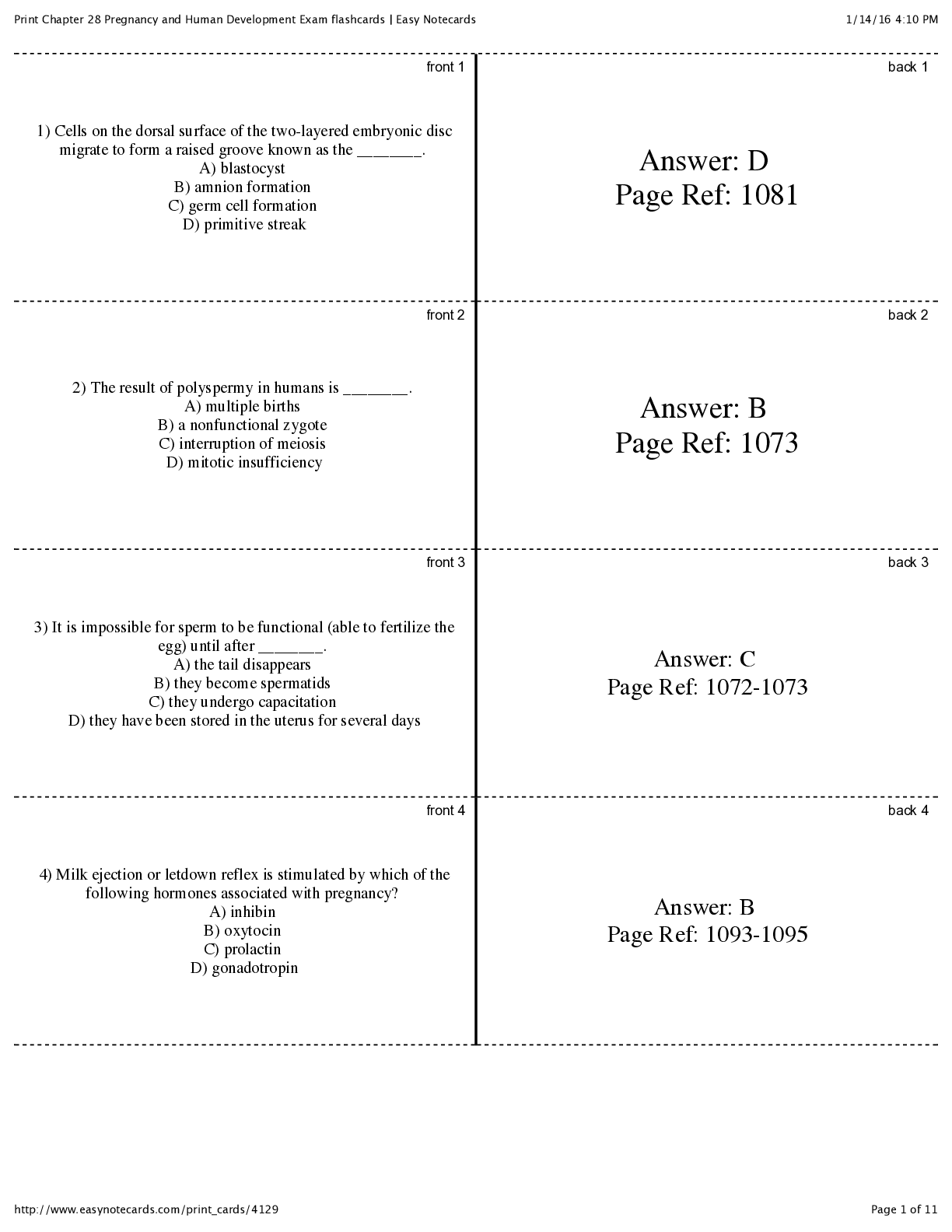
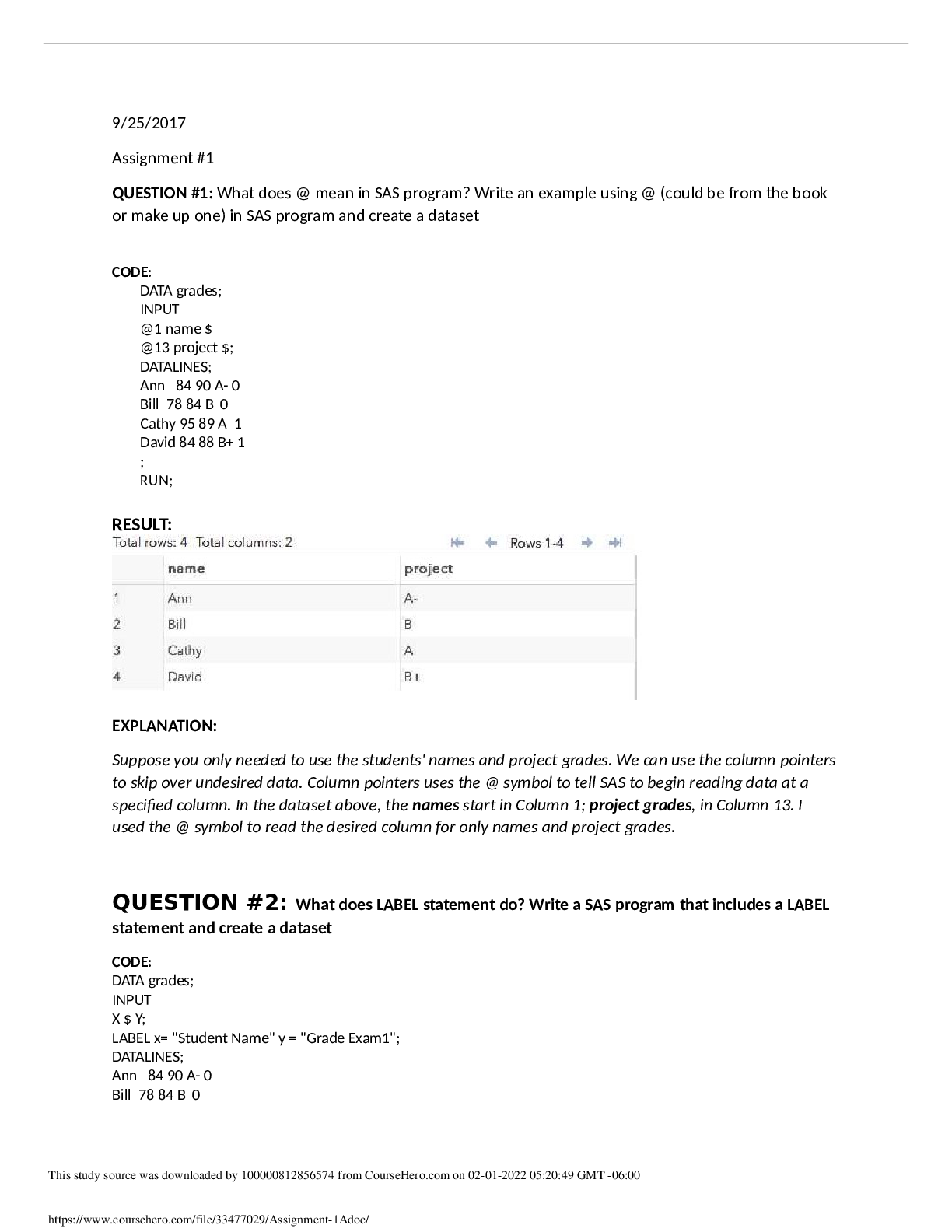

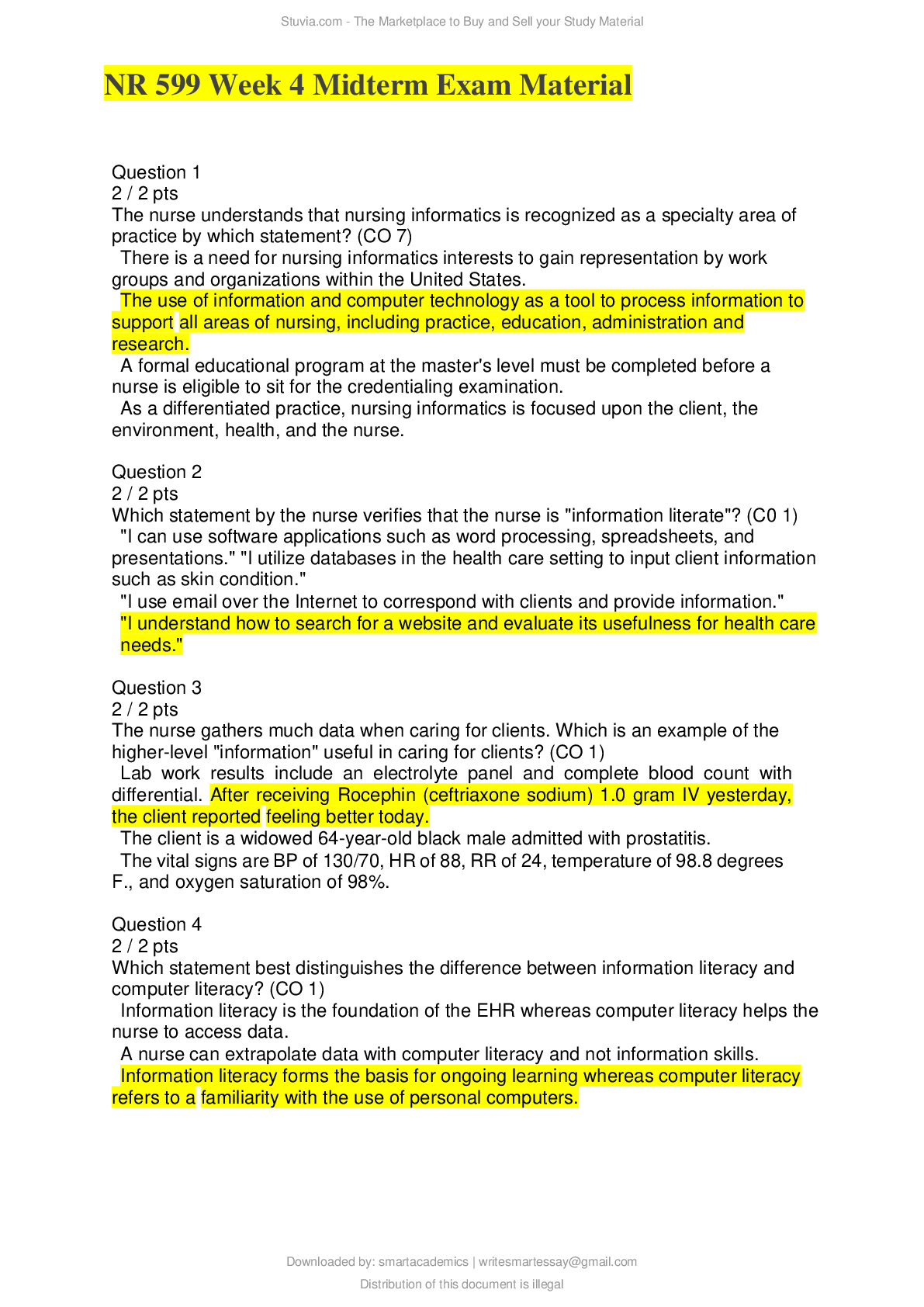

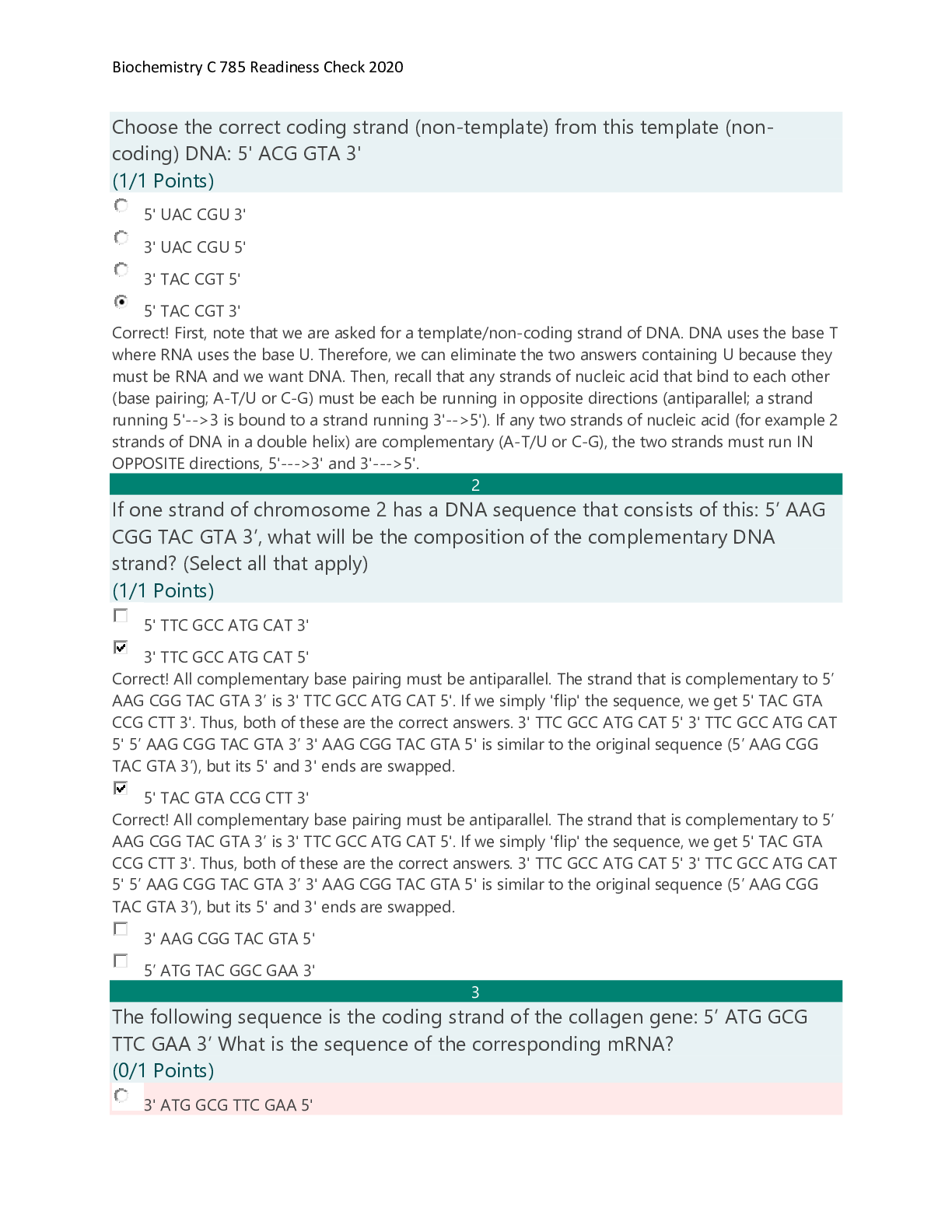
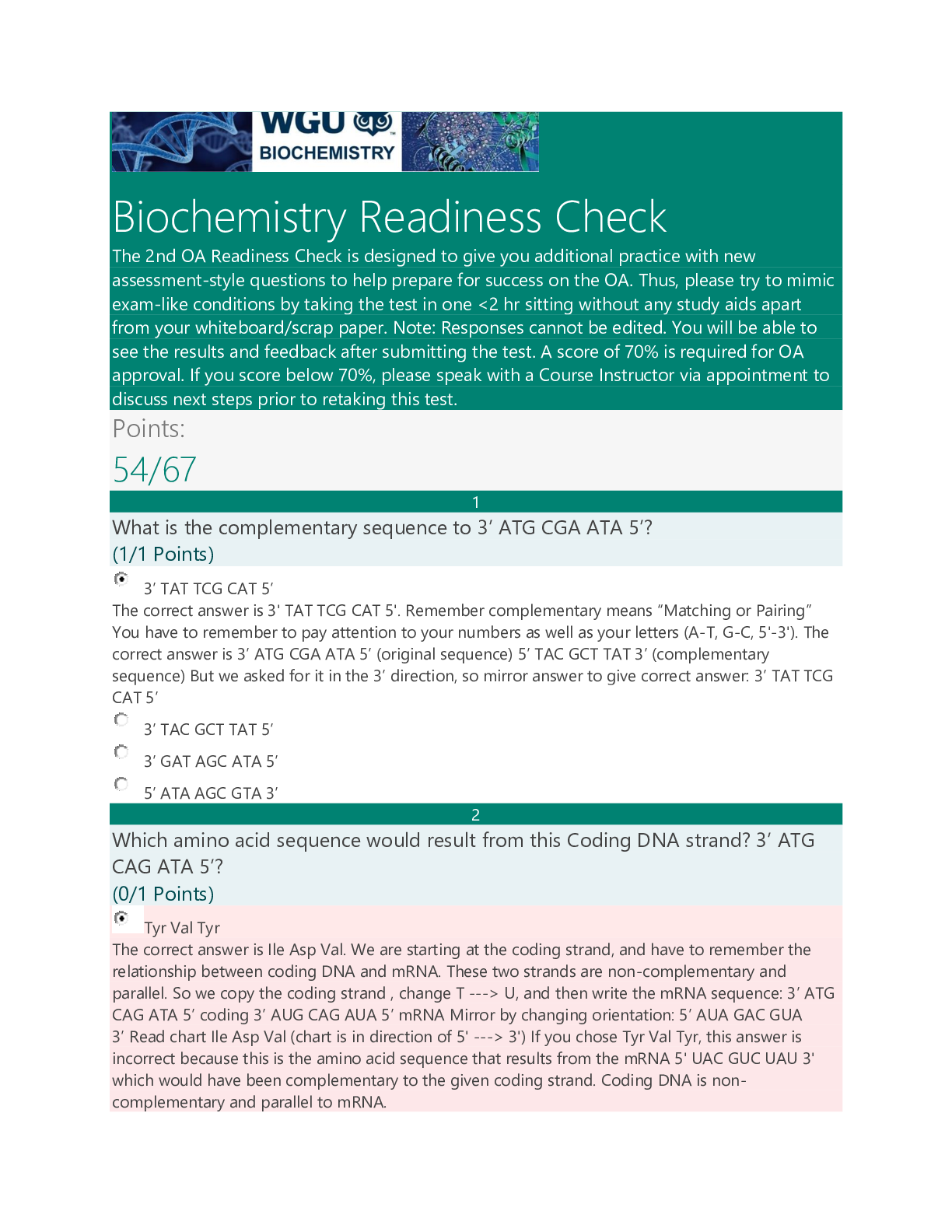

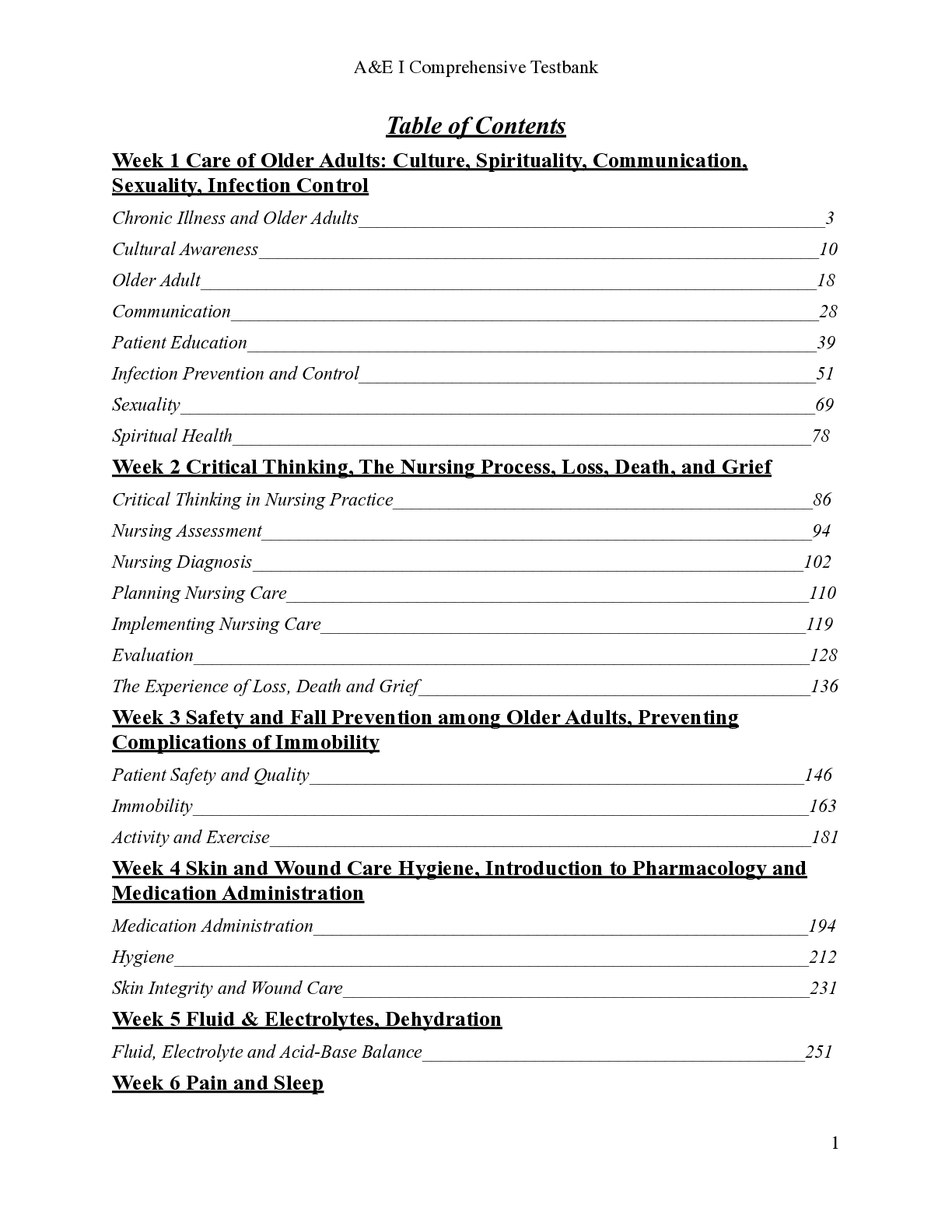

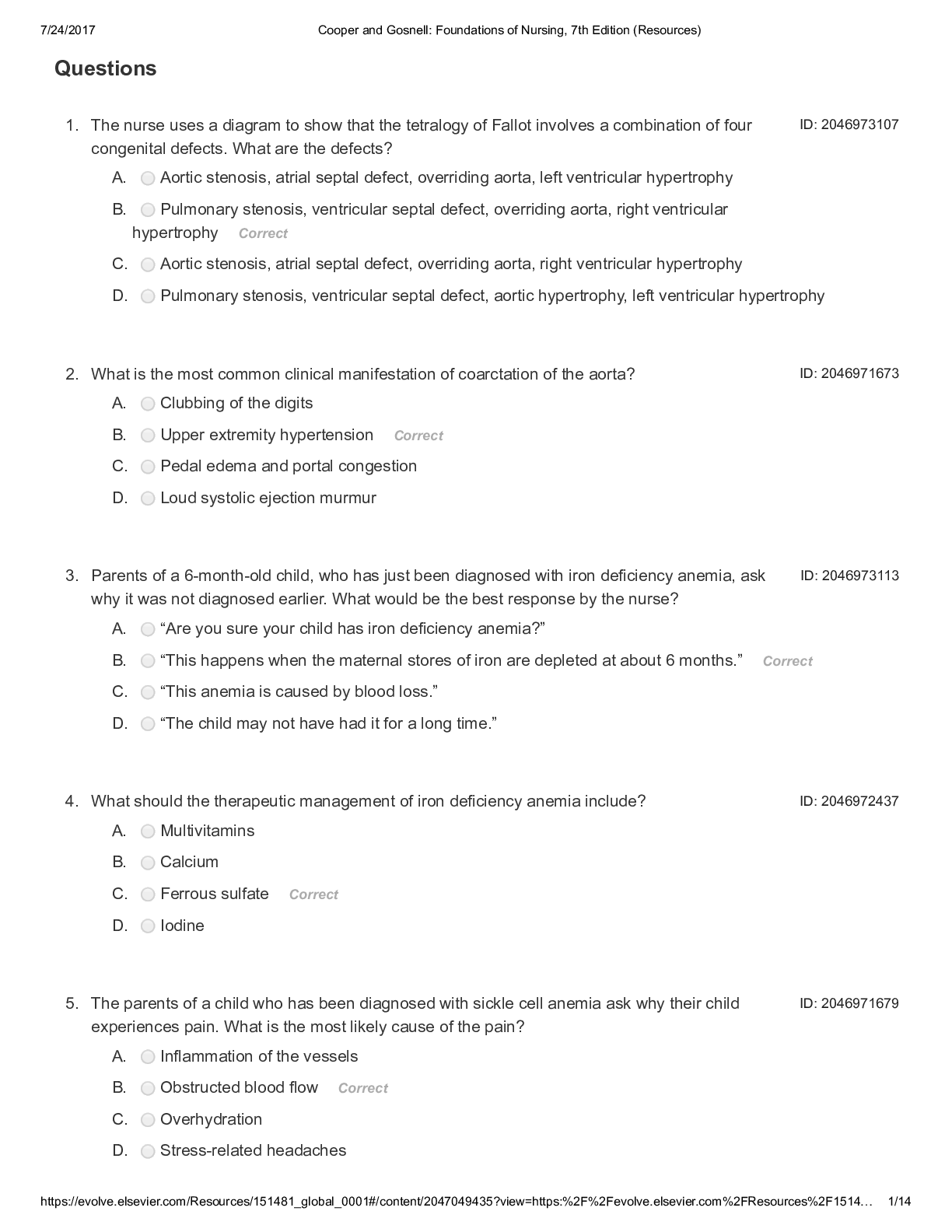
.png)
